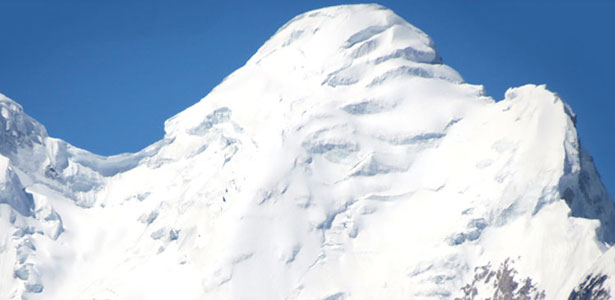 |
| Founder Of Raghukul Holidays - Amit Kulkarni |
Read along what a few of our customers have to say about us and our services :-
- The Kailash Manasarovar Yatra is the most memorable trip of my lifetime. The Parikrama of the Kailash Parvat though difficult was truly a heavenly experience for me. The services rendered by Raghukul Holidays made it possible for me to undertake the yatra without any problem.
- The Mount Kailash yatra is indeed a journey of a lifetime. The visit to the abode of the Gods and getting immersed in the heavenly surroundings is a divine blessing. I thoroughly enjoyed each moment of the trip. The credit for this goes to the wonderful staff of Raghukul Holidays.
- My Kailash Manasarovar Yatra with Raghukul Holidays has been the most pleasurable and divine experience. Despite the severity of the weather conditions, the team leader lifted up our spirits and kept us moving on with his humour and enthusiasm.
- My trip to Kailash Manasarovar has been an enjoyable experience for me and my wife. I express my gratitude to Raghukul holidays for organizing a wonderful trip.
- It has indeed been an enthralling and unforgettable tour. The experience of having the holy dip in the Lake Manasarovar and the Mount Kailash yatra is beyond words. I thank Raghukul holidays for making this journey a rewarding one.
- It was a great experience to visit the place of mysticism and mystery- Kailash Manasarovar. The service rendered by the staff of Raghukul holidays and the Sherpas make us to look forward to more such wonderful and adventurous trips. I wish people visit this heavenly place of Mount Kailash and Lake Manasarovar through Raghukul holidays.
- I am really fortunate to have taken the trip to Kailash Manasarovar. The entire place is so ethereal and I felt blessed to get submerged in its tranquillity. Raghukul Holidays gave equal importance to all the yatris and they are doing a great job by organizing such wonderful tours.
- When I embarked in the journey of my life time I thought it would be a daunting task with the unfriendly weather conditions and the difficult terrain, my experience of the tip was exactly the opposite. My sincere thanks to Raghukul Holidays for enabling me to complete this journey with ease and comfort.
- I lost myself in the mystical surrounding of the Kailash Manasarovar. I was in a state of elation while taking a dip in the holy Lake Manasarovar. I recommend people to take this trip with Raghukul holidays as it is completely worthwhile.
- I am blessed to be ordained to take up the Kailash Manasarovar Yatra and thank Raghukul holidays to make every bit of my journey absolutely great. Parikrama of the abode of the Gods is a divine experience.
- I am fortunate to have taken the opportunity of visiting a great place of reverence. Raghukul holidays made it an exciting spiritual experience.
- I can list many features of the trip which are very memorable. The comfortable accommodations and fun filled journey combined with the professionalism of the staff of Raghukul holidays is greatly appreciated. I will definitely return to take another journey soon with them.
We hope that in future you will give us the opportunity to serve you in your pilgrimage.























